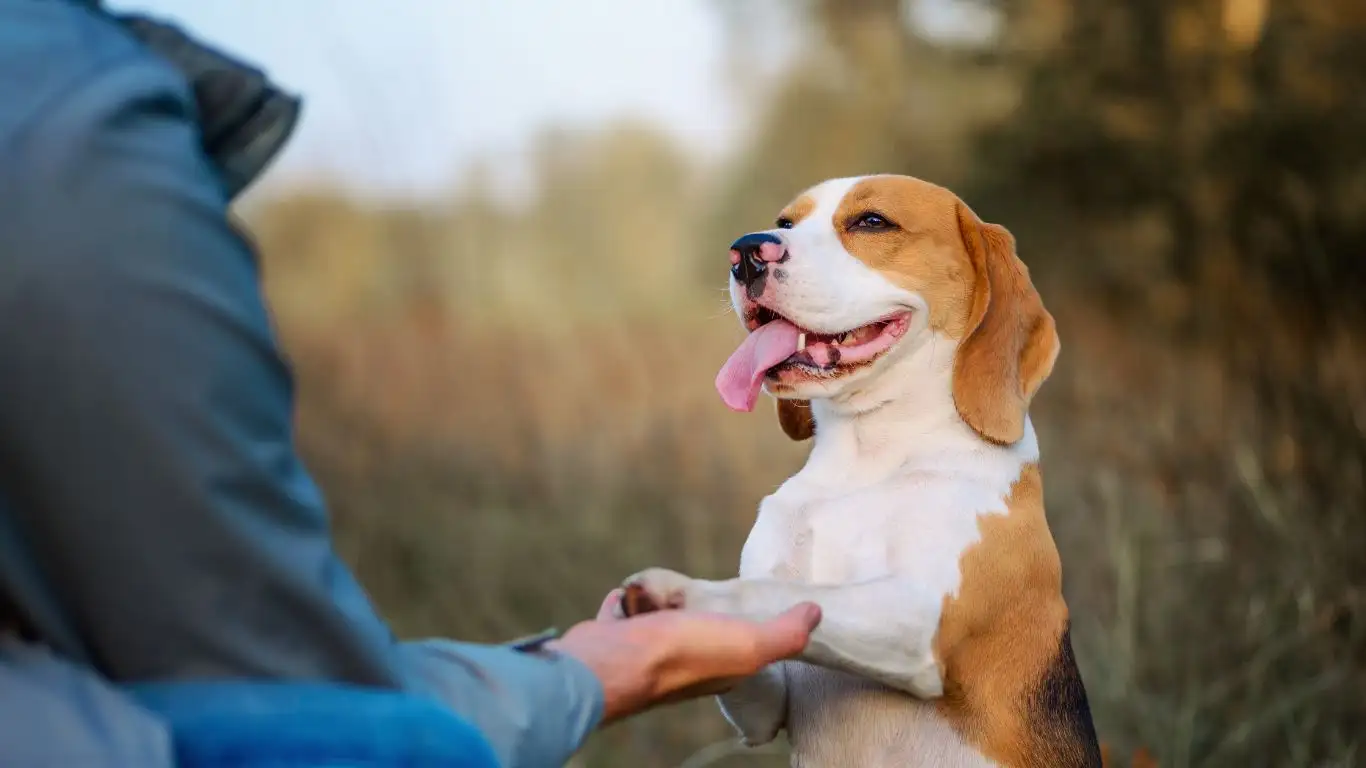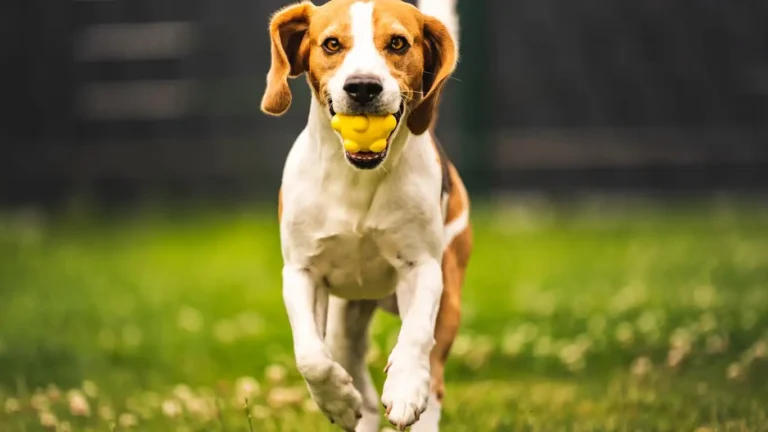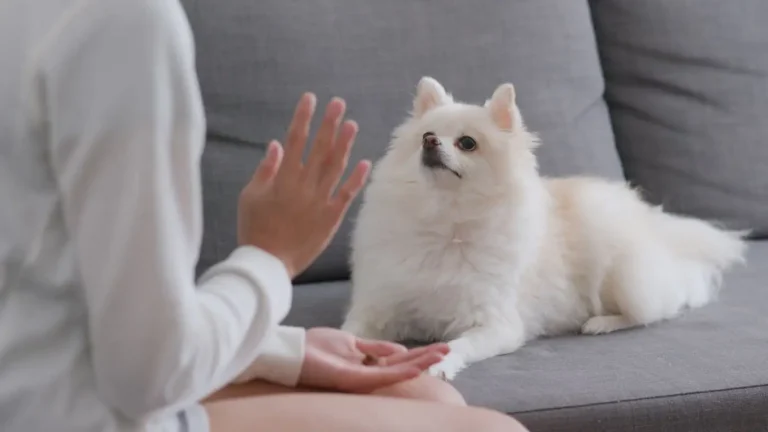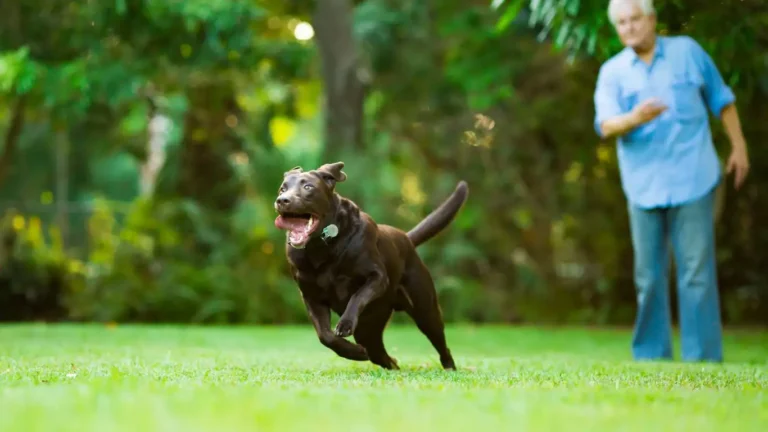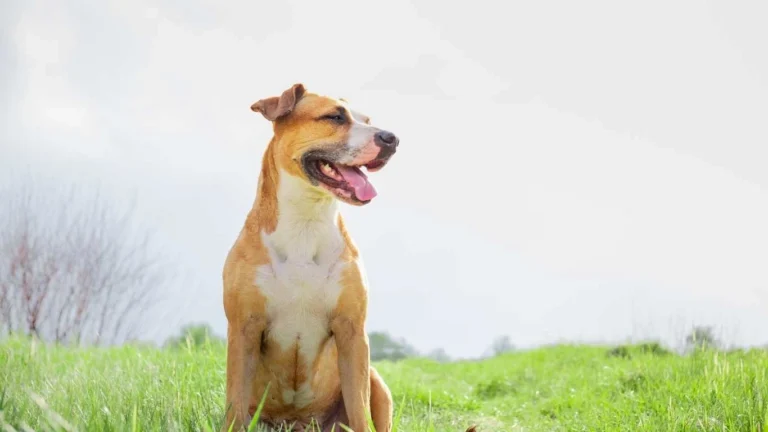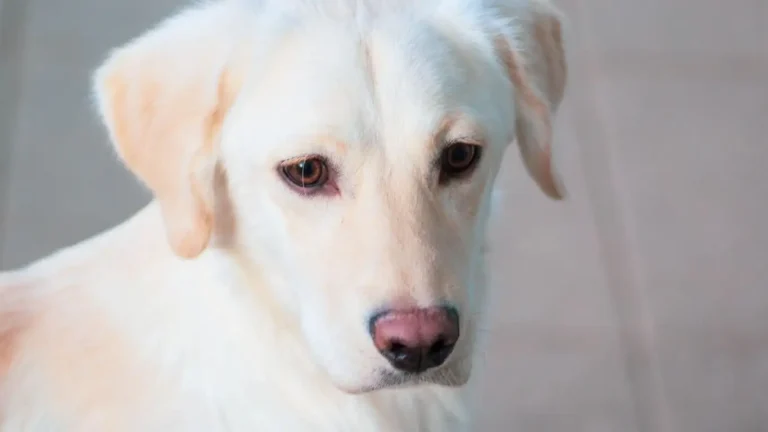Master the Art: How to Train a Dog to Stay Relaxed in Busy Parks
If you’ve ever found yourself clutching the leash a little tighter as your dog starts to spin, bark, or pull in a crowded park, you’re definitely not alone. I’ve worked with therapy dogs in some of the busiest, most stimulating environments you can imagine, and believe me—knowing how to train a dog to stay relaxed in busy parks can make all the difference between a calm outing and a chaotic one. Whether your pup is a social butterfly or a bit more on the nervous side, training them to stay cool when the world gets loud is totally doable. You just need the right mindset, a few smart strategies, and some good old-fashioned patience.
Understanding Why Parks Trigger Dogs
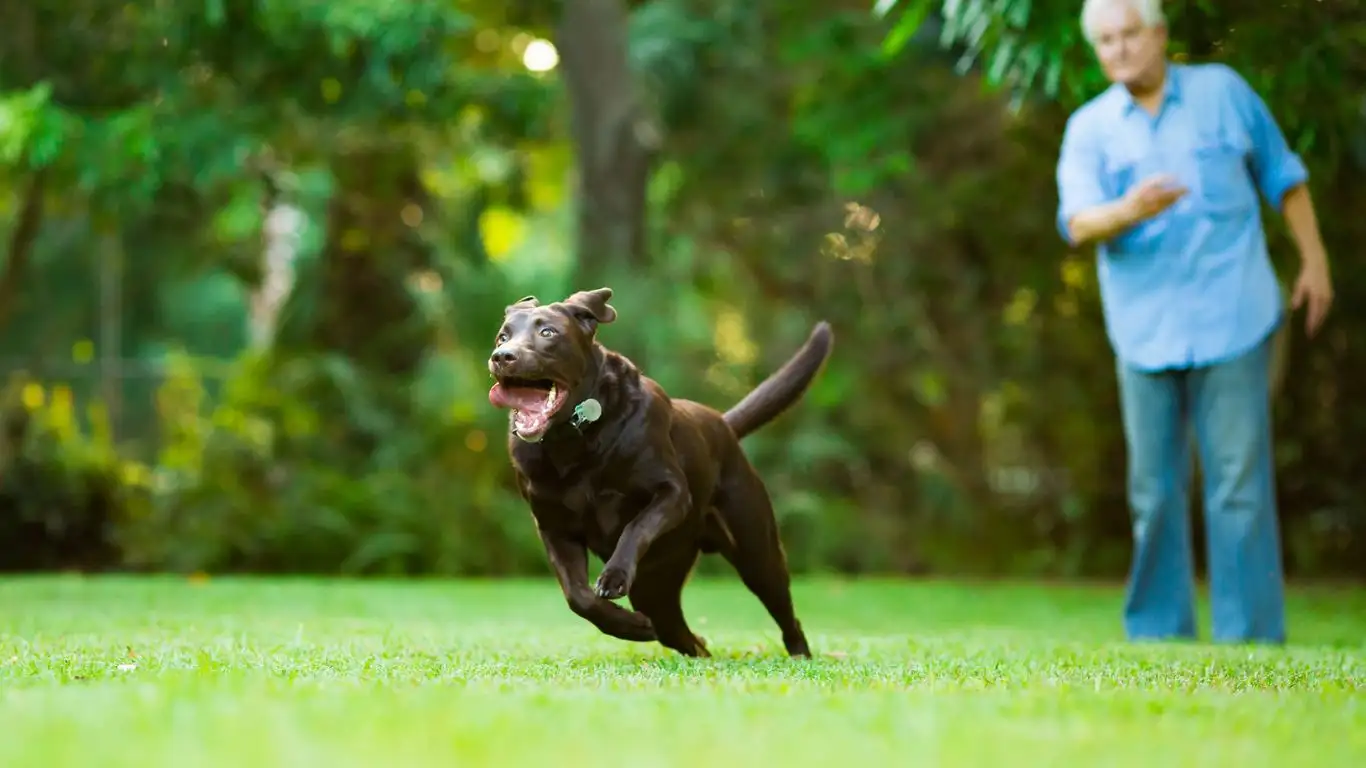
Let’s talk triggers. Parks are full of them—barking dogs, kids zipping by on scooters, tempting picnic smells, joggers, squirrels (oh, the squirrels!). For your dog, it’s like a sensory explosion. As a Canine-Assisted Therapy Trainer, I’ve noticed dogs tend to react in a few predictable ways when overstimulated: some get hyper, others get anxious, and a few just shut down entirely.
Understanding why your dog is reacting is step one. Is it excitement? Fear? Lack of focus? When I first began training therapy dogs, I assumed nervous behavior was always anxiety. Nope! Sometimes it’s actually frustration because they want to go play but aren’t allowed. Big difference, right?
Start Small, Then Work Up
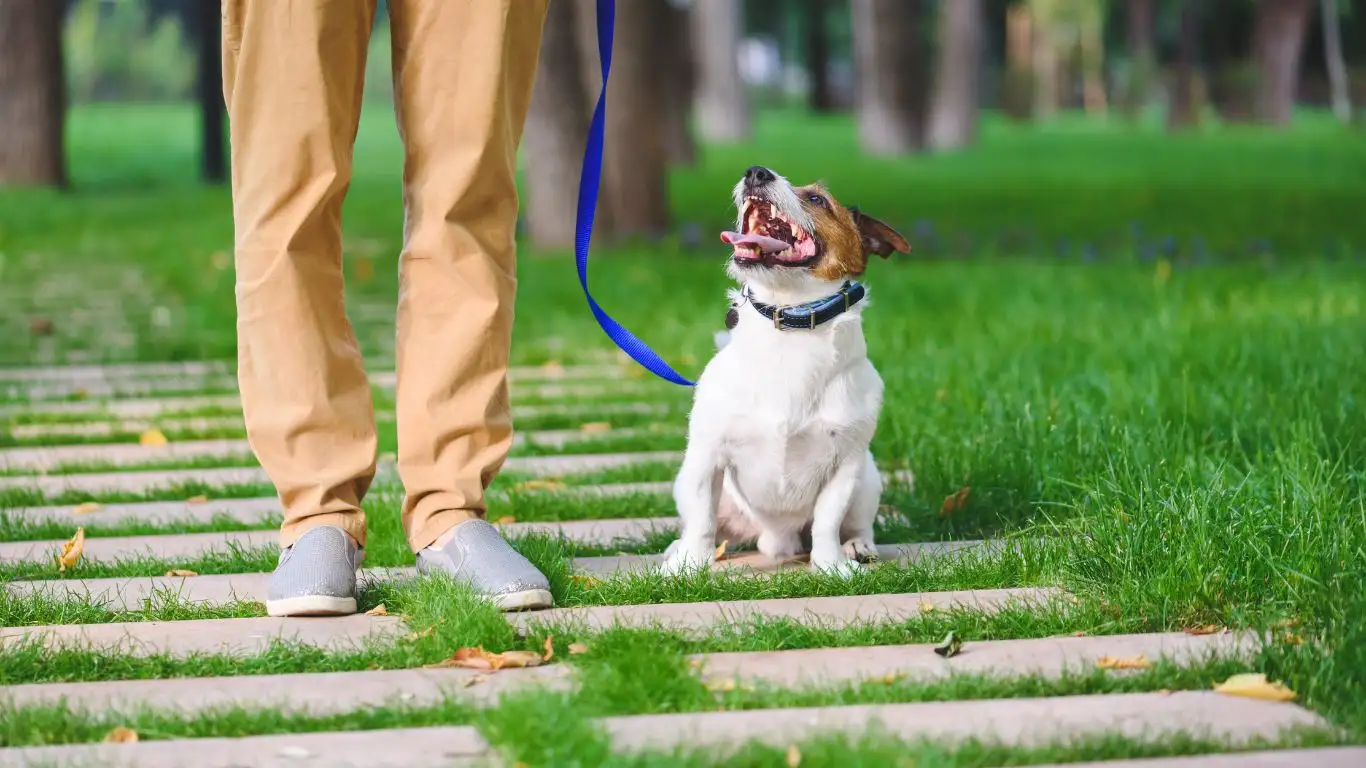
Don’t Rush to the Chaos
One of the biggest mistakes I see dog owners make is diving straight into a busy park hoping their dog will “get used to it.” That’s kind of like throwing someone who’s afraid of water into the deep end and hoping they swim. Instead, build your dog’s confidence in stages.
- Begin in a calm environment like your backyard or a quiet street.
- Introduce distractions slowly—start with mild ones like distant sounds or a friend walking by.
- Gradually work your way toward busier areas.
Back when I trained one of my most reactive dogs—a sweet but high-strung border collie named Jasper—we spent two weeks just sitting at the edge of a park before ever stepping in. We’d hang out, watch the world go by, and reward calm behavior. That gentle exposure made a world of difference.
Training Focus: The Power of the “Stay and Chill”

Introduce a Relaxation Cue
To really train a dog to stay relaxed in busy parks, you need a reliable way to tell them: Hey, now’s the time to chill out. I like to use a mat or towel as a portable “relax zone.” It becomes a visual cue that signals your dog to settle. Here’s how I do it:
- Teach your dog to lie on the mat at home with minimal distractions.
- Pair it with a cue like “Settle” or “Relax.”
- Gradually introduce mild distractions—TV on, kids playing in another room.
- Once that’s solid, bring the mat to a quiet corner of the park.
This is gold, especially for therapy dogs who need to remain composed in unpredictable environments. I’ve had pups lie calmly during bustling festivals and noisy street fairs, all thanks to this technique.
Use Strategic Rewards
Your rewards need to be more interesting than the distractions. I’m talking super high-value treats—think liver bites, string cheese, or even a favorite toy. Timing matters too. You want to catch the moment your dog chooses calm—not after they’ve started reacting.
Sometimes I even use my own excitement as a reward. A cheerful “Yes! Good settle!” paired with a treat can be just as motivating as the food itself. It builds the bond and helps your dog see you as the safe, rewarding center of their attention.
Reading Your Dog’s Signals
Relaxed vs. Ready to React
Knowing the difference between a relaxed dog and a dog on edge is key. I always tell clients to look for these signs:
- Relaxed: Loose body, soft eyes, slow tail wag, ears in neutral position
- On Edge: Tense muscles, fixed stare, tight mouth, forward or pinned-back ears
Spot those early signs, and you can redirect before your dog hits full-blown meltdown mode. Trust me, it’s so much easier to calm a slightly alert dog than one already barking their head off at a jogger.
Personal Story Time
I remember a session with Luna, a Labrador mix who had a tough time staying composed around skateboards. We didn’t start near the skate park. Instead, we watched from across a wide field—me rewarding every moment she looked but didn’t react. Over a few weeks, we crept closer. One day she just flopped onto her mat and sighed contentedly while boards zipped by. That moment? Pure magic.
Practicing in Real Life, Not Just at Home
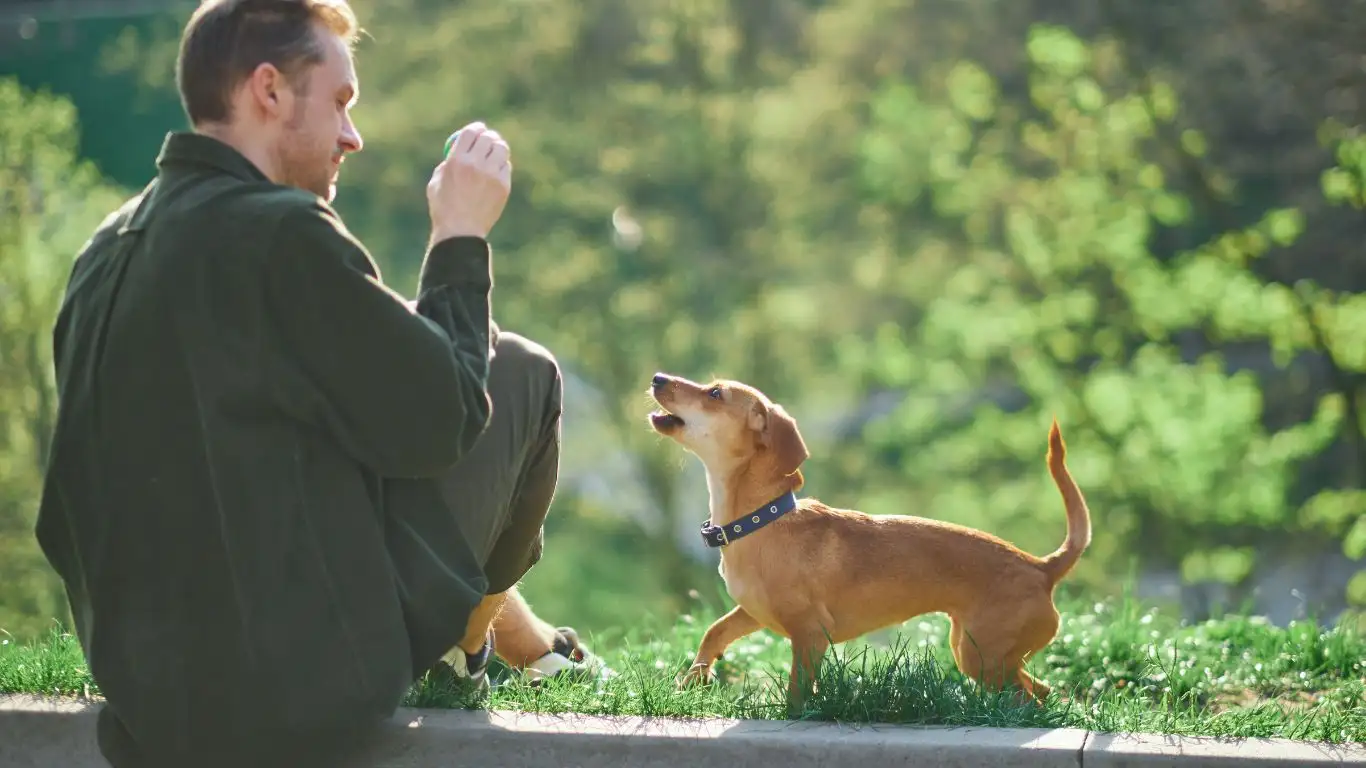
Here’s the thing I always tell dog parents: your dog isn’t training for a living room. They’re training for real life. And real life is full of squirrels, shouting kids, and unexpected kite-flying chaos. So once your pup has their basic calm cues down at home, it’s time to start transferring those skills to real environments.
What I often do with my therapy clients is take “micro field trips.” We’ll go just outside a busy park but not into it—maybe a parking lot or grassy edge. We hang out there for 10-15 minutes max. That’s it. No pressure to “walk through the whole park.” Just observing, treating for calm behavior, and leaving while things are still going well. Ending on a win makes all the difference.
Work the Threshold
You’ve probably heard the term “threshold” in training. It’s basically the point right before your dog goes from focused to frazzled. Every dog has one, and it’s our job to learn where that line is—and to work just under it.
- If your dog can’t take a treat, they’re over threshold.
- If they’re whining, lunging, or ignoring your voice—you’re too close to the action.
- Calm sniffing, loose leash, and soft ears? You’re in the sweet spot.
One of my dogs, Penny, used to completely lose it at the sound of kids yelling. So, we started sitting outside a daycare fence—not close enough to trigger panic, but close enough that she noticed. Gradually, she began to associate those sounds with treats and praise. Fast forward three months, and she now volunteers at children’s reading programs. It’s all about reading their signals and moving at their pace.
What to Bring for Park Training Sessions
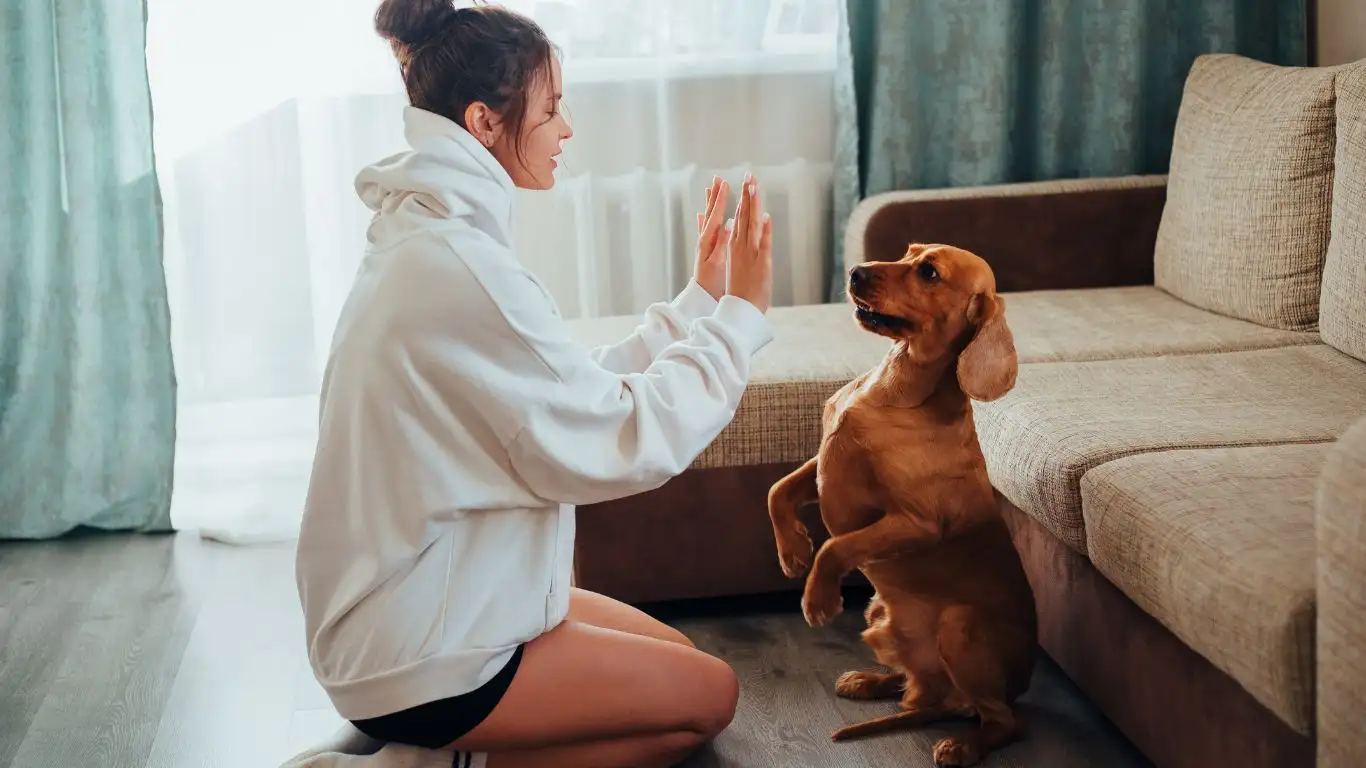
It’s wild how much smoother training goes when you’re prepared. I like to keep a little “training go-bag” packed and ready. Whether you’re headed to a neighborhood green space or a jam-packed dog park, having the right tools with you makes a huge difference.
My Go-To Items Include:
- High-value treats: Like roast chicken, turkey bits, or peanut butter on a spoon.
- Training mat or towel: For teaching that oh-so-magical “chill here” behavior.
- Water + bowl: Hydration is key, especially when dogs are working hard to stay calm.
- Clicker or marker word: Helps mark calm behavior instantly. I personally use “Yes!” with an upbeat tone.
- Calm energy: (Yeah, that’s a tool too.) Your dog will feed off your vibes, so breathe and stay grounded.
I actually keep a tote in my car with extras, because life happens. One time I forgot treats and tried using crushed cereal I had in my purse. My dog was not impressed. Lesson learned.
Let Your Dog Observe Without Performing
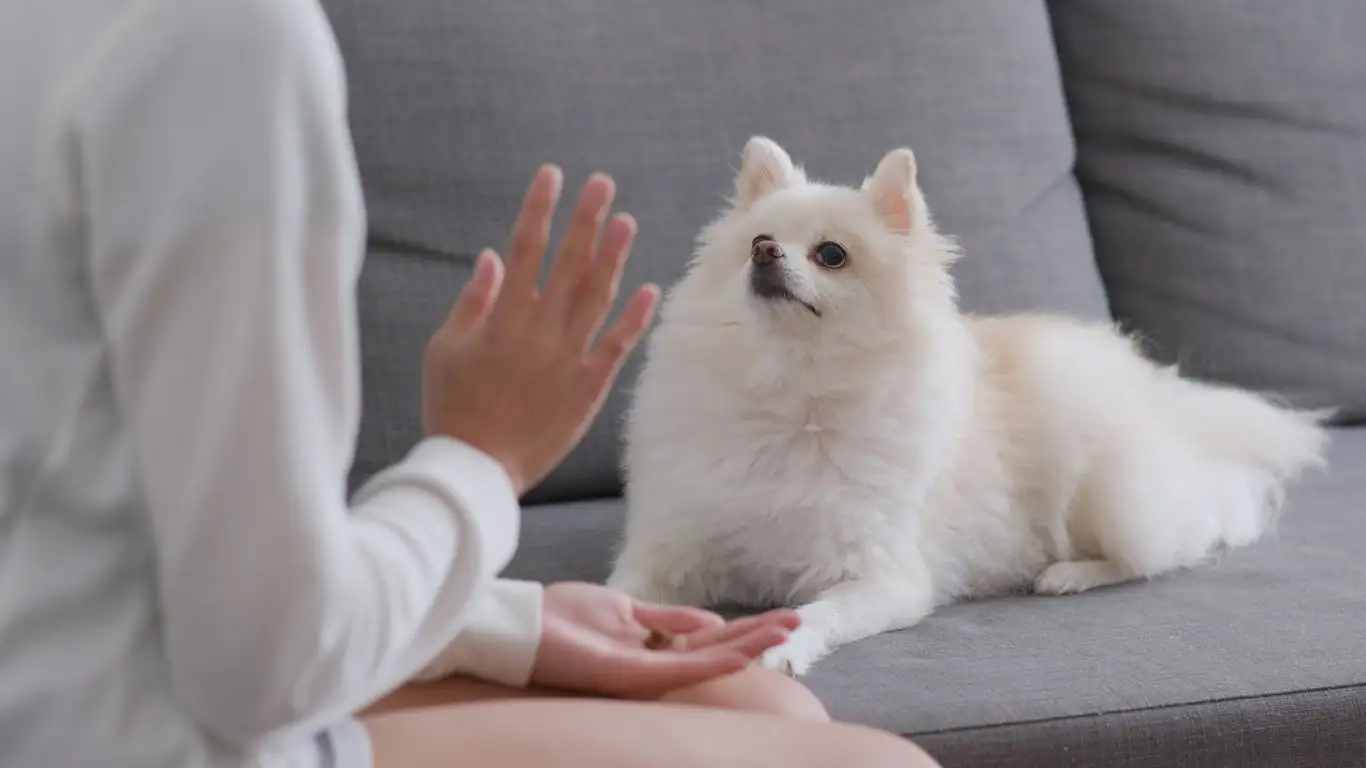
One of the most underrated skills in dog training? Doing nothing. Sounds simple, but for many dogs, it’s the hardest thing in the world. We often expect them to be actively obeying commands 24/7—sit, down, heel, stay. But you know what builds real-world resilience? Just existing calmly in stimulating environments.
I call it “neutral presence.” We sit on a bench and just watch the world go by. No commands, no agenda. If my dog chooses to lay down, awesome. If they sit and sniff the breeze, cool. If they stare too long at a group of kids playing and start getting tense, we move back a few feet. That’s it. It’s low-pressure and incredibly effective over time.
Let Them Sniff—Seriously
Sniffing isn’t just a way for dogs to explore; it’s actually soothing for them. It lowers heart rate, encourages calm thinking, and keeps them mentally engaged. So during park outings, I always build in “sniff breaks.” Sometimes we do a slow, sniffy walk before practicing anything more structured.
One of my therapy dogs, a goofy doodle named Max, was completely overstimulated at the start of every park visit. But after five minutes of sniffing the same bush like it held the secrets of the universe, he’d visibly relax. That’s when we’d start practicing sits, downs, or staying on the mat. Never underestimate the power of a good sniff session.
Consistency > Perfection
If there’s one thing I’ve learned over years of working with therapy dogs, it’s that progress doesn’t come from perfect sessions—it comes from consistent exposure and positive experiences. Your dog won’t nail it every time, and that’s okay.
Some days your pup will be rock solid while kids scream and dogs run by. Other days, a plastic bag blowing in the wind will set them off. That’s part of the process. What matters is how you respond—and how often you keep showing up.
Tips for Keeping Things on Track:
- Keep sessions short and sweet. Ten solid minutes beat thirty minutes of over-threshold chaos.
- End on a win. Even if it’s just two seconds of calm—mark it, reward it, wrap it up.
- Journal your progress. A quick note in your phone after each session can help you track patterns and celebrate milestones.
I’ve had dogs take weeks before even stepping into a park, and others who adapt within days. Every dog has their own learning curve, and every session adds up—even the ones that feel like a mess. It’s all part of teaching them how to train a dog to stay relaxed in busy parks—without rushing, forcing, or overwhelming.
Introducing Calm in Motion
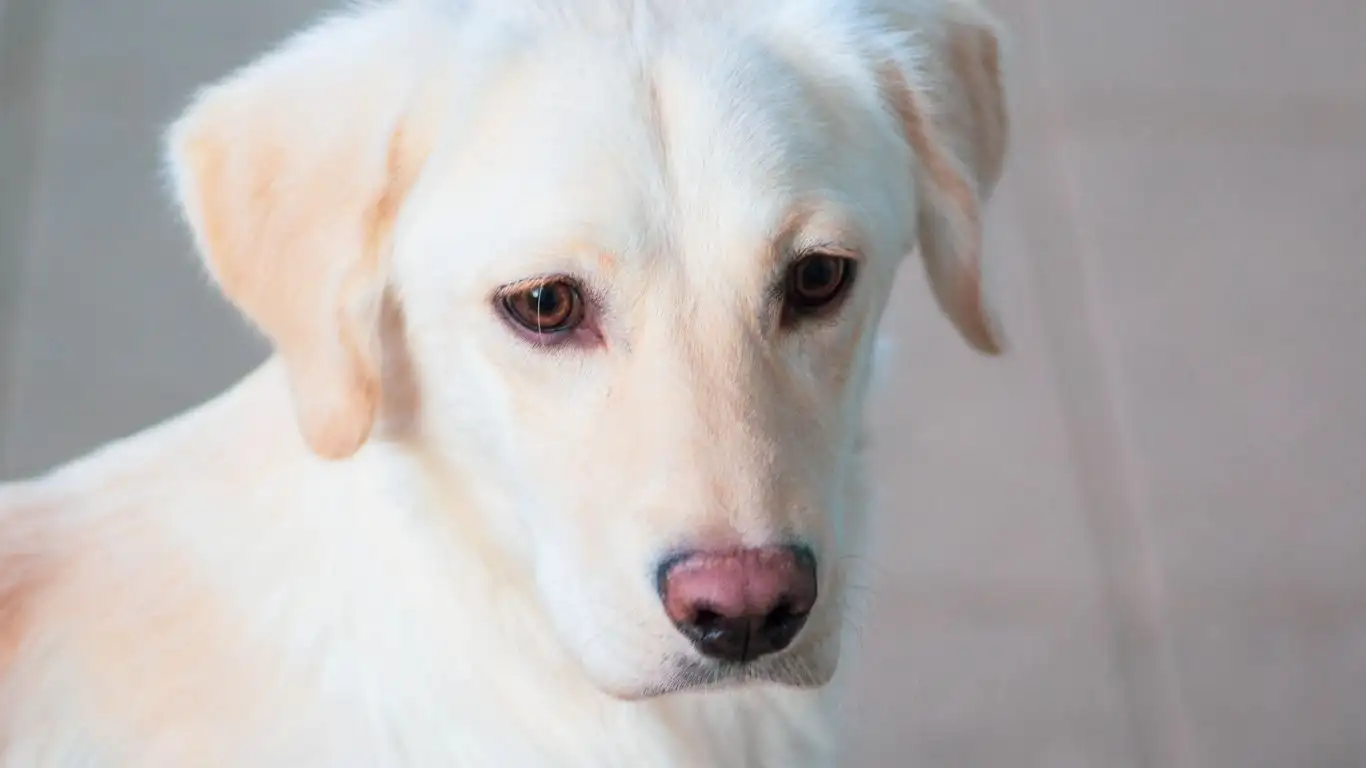
Once your dog is managing to stay calm while sitting or lying still in a park setting, you might be thinking, “Okay, but what about when we actually want to walk through the park?” Totally valid. Getting a dog to hold a stay is one thing. Teaching them to stay composed while walking past distractions? Whole different skill set—but 100% doable.
I always start this process by choosing low-traffic paths and walking in big loops. The key is keeping the pace steady and your energy relaxed. You’re not “marching through” the park like it’s an obstacle course. You’re strolling like you’ve got all the time in the world.
Loose Leash = Relaxed Mind
When your dog is pulling, they’re not just physically out of control—they’re mentally amped up. Loose leash walking is more than just a manners trick; it’s a state of mind. You’re communicating: “We’re doing this together. No need to rush. No need to panic.”
- Start with a short leash—4 feet is plenty—but don’t keep tension on it.
- Any time your dog gets too far ahead, stop and wait for a check-in or turn around and walk the other way.
- Reward when they stay beside you, even for a few steps. Make a big deal out of those moments!
I had a student with a young shepherd named Scout who’d zigzag wildly through the park like a pinball. We slowed everything down. Walk five feet, treat. Walk ten feet, praise. Scout started to understand that walking with his person brought more joy than trying to drag her to every tree.
Handling Unexpected Distractions (Without Meltdowns)
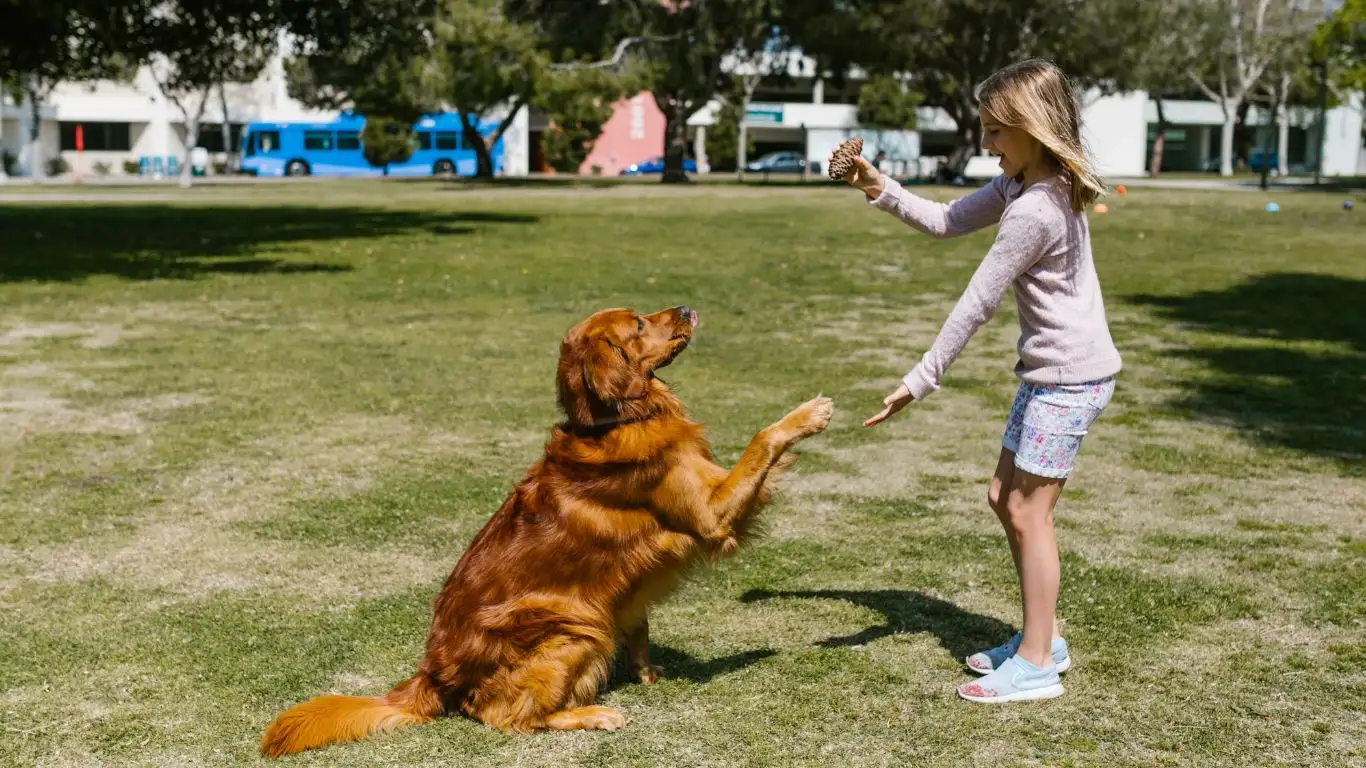
No matter how well-prepped your pup is, the world will throw curveballs. A kid on a hoverboard zips by. A dog barks from behind a bush. A marching band (yes, it’s happened) suddenly starts rehearsing. So let’s talk strategy.
Interrupt & Redirect
If your dog starts to lose focus or you see the tension building, that’s your moment to act—not when they’re already mid-bark or lunge. You want to interrupt the mental build-up before it boils over.
- Use a happy, high-pitched interrupter cue like “This way!” or “Let’s go!”
- Move away from the distraction in an arc—not a straight line—which feels more natural to dogs.
- Reward once your dog checks in, even briefly. Celebrate the effort.
Don’t be afraid to just leave the situation if needed. I’ve had moments in therapy dog training where a park scenario was just too much for that day. We bailed, drove home, and played tug in the yard instead. No shame in it. You’re always allowed to advocate for your dog’s wellbeing over pushing through a stressful situation.
Helping Your Dog Generalize Their Calm
This is a step a lot of owners skip, and I get why—it’s time-consuming. But generalization is what helps your dog stay relaxed not just in your local park, but in any park, plaza, event space, or travel situation.
Vary Your Locations
Try training in:
- Different parks—big and small, grassy and paved
- Outside pet stores or farmer’s markets (before going in!)
- Parking lots, garden centers, or neighborhood sidewalks with light foot traffic
Each new location adds another layer of confidence. I once had a golden retriever named Teddy who rocked calm behavior at his neighborhood greenbelt—but melted down during an outdoor craft fair. After two weeks of mini-sessions in increasingly busy locations, he walked through the next event like a pro. Generalization takes work, but it creates solid, transferable behavior.
Teach Your Dog They Can Choose Calm
Maybe my favorite thing about this kind of training is that it teaches dogs they have a choice. They learn that being still, breathing, checking in with you—it all leads to good things. That’s especially powerful for anxious or hyper dogs who often feel like they’re stuck in reactive mode.
Every time your dog voluntarily settles on their mat in a crowded place, or chooses to sit and watch instead of bark and bolt, you’re giving them agency. That’s where the real transformation happens. And honestly? It’s beautiful to watch.
Long-Term Mindset
If I could tattoo one phrase onto every new dog owner’s arm (temporarily, of course), it’d be this: Progress isn’t linear.
One day, your dog might breeze through a noisy park like a champ. The next day, a weird hat or squeaky stroller might set them off. That doesn’t mean you’ve failed. It just means you’re working with a living, thinking being who has moods and triggers—just like we do.
Stick with it. Keep showing up. Keep making calm feel safe, rewarding, and fun. Before long, you’ll look back and barely recognize the dog that used to spin in circles at the sound of a skateboard.
References
Disclaimer
This article is based on my personal experiences and professional work as a Canine-Assisted Therapy Trainer. It is not a substitute for individualized advice from a certified dog behaviorist or veterinarian. Every dog is different—use your best judgment and consult a professional if you’re dealing with reactivity, fear-based aggression, or anxiety-related issues.
